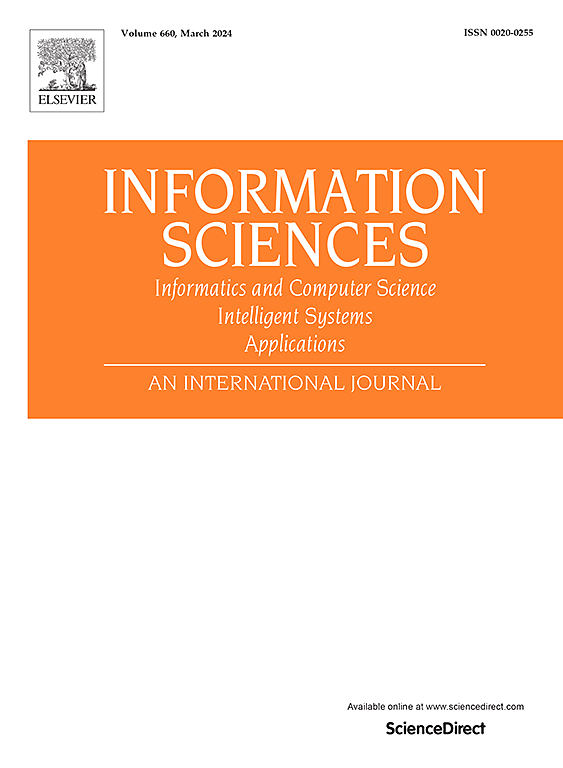A coordinator-driven consensus-reaching model for green technology utilisation rate determination
IF 8.1
1区 计算机科学
0 COMPUTER SCIENCE, INFORMATION SYSTEMS
引用次数: 0
Abstract
Determining the green technology utilisation rate is the initial process of green building development. However, due to the different interest demands of stakeholders, it’s difficult to reach a consensus on the determination of the green technology utilisation rate. The social network-based consensus-reaching process (CRP) can help mitigate stakeholder discrepancies. As a result, we determine the green technology utilisation rate through the social network-based CRP. However, existing social network-based CRP methods assign weights to stakeholders from a single perspective, failing to meet the objectives of all involved parties. Additionally, these methods cannot guide the direction of opinion change, making them unsuitable for determining the green technology utilisation rate. Moreover, the cost measure during the CRP is often oversimplified to a single unit cost, which lacks precision. To address these limitations, we develop a coordinator-driven consensus-reaching model. In our model, stakeholders’ weights are assigned using two distinct methods, and a unique adjustment mechanism is designed to gradually guide opinions towards the desired outcome. We also separately measure the financial cost and time cost to obtain a more accurate result. Finally, a numerical example and several simulation experiments are conducted to demonstrate the effectiveness of our model.
绿色技术利用率确定的协调者驱动共识达成模型
确定绿色技术的利用率是绿色建筑发展的第一步。然而,由于各利益相关方的利益诉求不同,对绿色技术利用率的确定很难达成共识。基于社会网络的共识达成过程(CRP)可以帮助减轻利益相关者之间的差异。因此,我们通过基于社会网络的CRP来确定绿色技术的利用率。然而,现有的基于社会网络的CRP方法从单一角度为利益相关者分配权重,未能满足所有相关方的目标。此外,这些方法不能引导舆论变化的方向,不适合确定绿色技术的利用率。此外,CRP期间的成本度量常常被过度简化为单个单位成本,缺乏准确性。为了解决这些限制,我们开发了一个协调者驱动的共识达成模型。在我们的模型中,使用两种不同的方法分配利益相关者的权重,并设计了一种独特的调整机制,以逐步引导意见走向期望的结果。我们还分别测量了财务成本和时间成本,以获得更准确的结果。最后,通过数值算例和仿真实验验证了该模型的有效性。
本文章由计算机程序翻译,如有差异,请以英文原文为准。
求助全文
约1分钟内获得全文
求助全文
来源期刊

Information Sciences
工程技术-计算机:信息系统
CiteScore
14.00
自引率
17.30%
发文量
1322
审稿时长
10.4 months
期刊介绍:
Informatics and Computer Science Intelligent Systems Applications is an esteemed international journal that focuses on publishing original and creative research findings in the field of information sciences. We also feature a limited number of timely tutorial and surveying contributions.
Our journal aims to cater to a diverse audience, including researchers, developers, managers, strategic planners, graduate students, and anyone interested in staying up-to-date with cutting-edge research in information science, knowledge engineering, and intelligent systems. While readers are expected to share a common interest in information science, they come from varying backgrounds such as engineering, mathematics, statistics, physics, computer science, cell biology, molecular biology, management science, cognitive science, neurobiology, behavioral sciences, and biochemistry.
 求助内容:
求助内容: 应助结果提醒方式:
应助结果提醒方式:


